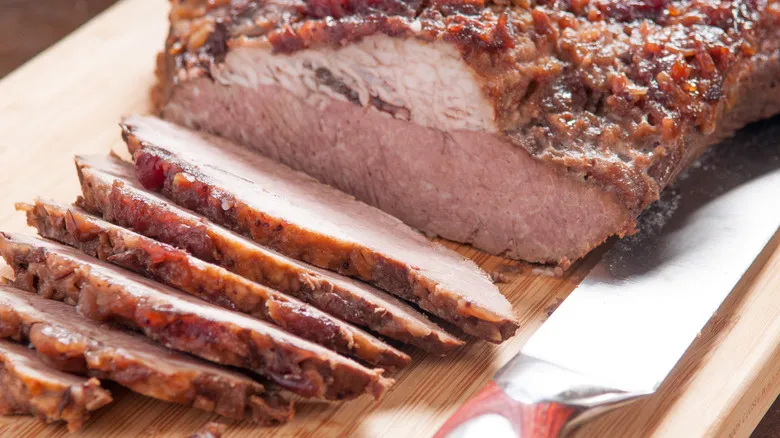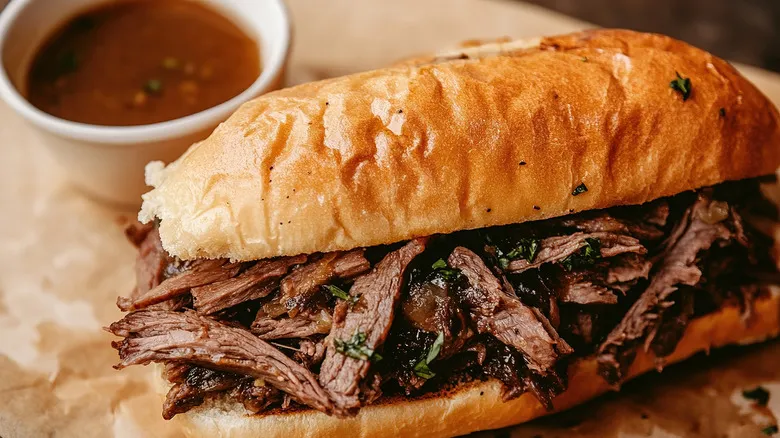Affordability is a key part of brisket's popularity

Brisket has been a staple in Jewish cuisine since the 17th century in Europe, where it was one of the most affordable cuts of beef. Although brisket was often viewed as an undesirable option due to the lengthy cooking time required, this characteristic actually benefited Jewish cooks. Since Judaism prohibits any work on the Sabbath, which runs from sunset on Friday to sunset on Saturday, a Jewish cook could begin preparing the brisket just before the Sabbath commenced and allow it to simmer unattended for the next 24 hours. By the time Saturday evening arrived, the meat would be perfectly cooked and ready to serve. Other cuts of meat wouldn't be as suitable for this method, as "higher quality" beef cuts are not ideal for braising or slow cooking.
In the late 1800s, a significant influx of immigrants from Ashkenazi communities in Central Europe arrived in the United States. In their new home, brisket continued to serve as a hearty and economical option for holiday meals, much like corned beef became a New Year's tradition for Irish Americans. Notably, Jewish immigrants from Romania introduced a method of preserving brisket known as "pastirma," which eventually evolved into pastrami, a beloved item on Jewish deli menus to this day.
Recommended

Did The French Dip Sandwich Really Originate In California?

The Mississippi Slugburger Was Born Out Of Depression-Era Food Stretching

Why It's Illegal For Delaware Restaurants To Serve Margarine

The Shaky Origin Story Of The Monte Cristo Sandwich
Next up

